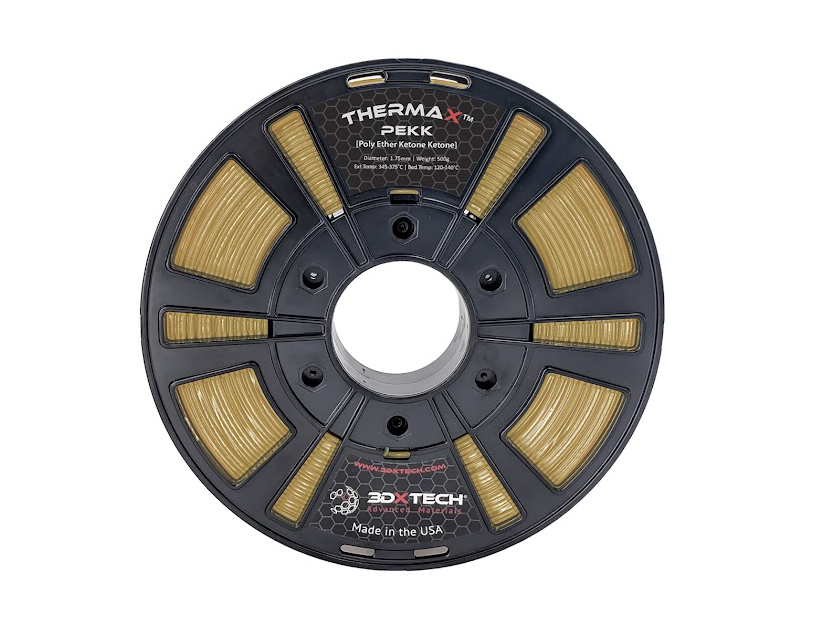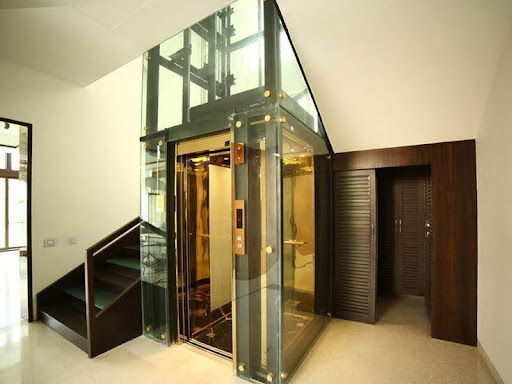When it comes to prototyping, the choice of 3D printer filament can significantly impact the final product’s overall quality, durability, and functionality. Among the many available materials, PEEK 3D printer filament is one of the most advanced options for high-performance applications. Renowned for its exceptional strength, thermal resistance, and chemical stability, PEEK (Polyetheretherketone) is a game-changer in industries like aerospace, automotive, and medical device manufacturing. This blog will explore why PEEK filament is an ideal choice for prototyping, how it enhances the development process, and why it is considered a top-tier material for creating robust, functional prototypes.
Why PEEK 3D Printer Filament is Ideal for Prototyping?
Prototyping is a critical phase in product development, as it allows designers and engineers to test the functionality and performance of their designs before committing to full-scale production. The choice of material for prototyping is essential because it needs to replicate the final product’s properties as closely as possible. PEEK 3D printer filament offers unique qualities, making it an ideal solution for creating prototypes with high mechanical performance.
First and foremost, PEEK is known for its exceptional strength and durability. It can withstand high mechanical stress, making it suitable for creating functional prototypes that require physical wear and tear. Whether you’re developing automotive parts, aerospace components, or medical devices, PEEK ensures that your prototypes exhibit the strength and reliability required in real-world conditions.
Another key feature of PEEK filament is its thermal resistance. PEEK can withstand temperatures up to 480°F (250°C) without degrading, which makes it ideal for creating prototypes that must endure high-heat environments. PEEK is the material of choice in aerospace, automotive, and electronics, where parts often need to operate under extreme temperature conditions. This filament makes prototyping more accurate, as the material’s properties remain stable under significant thermal stress.
Achieving High-Performance Results with PEEK Filament for 3D Printing
It’s important to understand its printing requirements and capabilities to achieve the best results with PEEK filament. PEEK is a high-performance material requiring specific 3D printing conditions to reach its full potential. Here’s how you can make the most of PEEK 3D printing filament in your prototyping process:
1. High-Temperature Extrusion: PEEK filament has a high melting point of around 343°C (650°F), requiring a high-temperature extruder to melt and deposit the material effectively. Make sure your 3D printer is equipped with an extruder that can reach these temperatures. Using an extruder with precise temperature control ensures that the PEEK filament flows smoothly and properly adheres to the print bed.
2. Heated Print Bed: A heated print bed is essential when printing with PEEK filament. The print bed should be heated to around 120-150°C (248-302°F) to help with adhesion and minimize warping. Using a suitable surface, such as a PEI (Polyetherimide) sheet or glass coated with adhesive, can help achieve better adhesion and reduce the chances of warping during printing.
3. Print Speed and Layer Height: PEEK requires slower print speeds than other more common 3D printing filaments like PLA or ABS due to its high-performance nature. Slower print speeds ensure better layer bonding and overall print quality. A typical print speed for PEEK is around 30-50 mm/s. In addition, a layer height of 0.1-0.2 mm is recommended to ensure fine detail while maintaining strength and durability in the prototype.
4. Post-Processing: Post-processing techniques like annealing are often used to enhance the mechanical properties of PEEK prototypes further. Annealing involves heating the printed part to a specific temperature below the material’s melting point and then slowly cooling it. This process improves the final prototype’s overall strength, dimensional stability, and chemical resistance, making it more robust and closer to the final product’s specifications.
Conclusion
PEEK filament is a top-tier material for prototyping, offering unmatched strength, thermal stability, and chemical resistance. By using PEEK filament for 3D printing, manufacturers can create prototypes that closely resemble the final product in terms of performance and durability.





